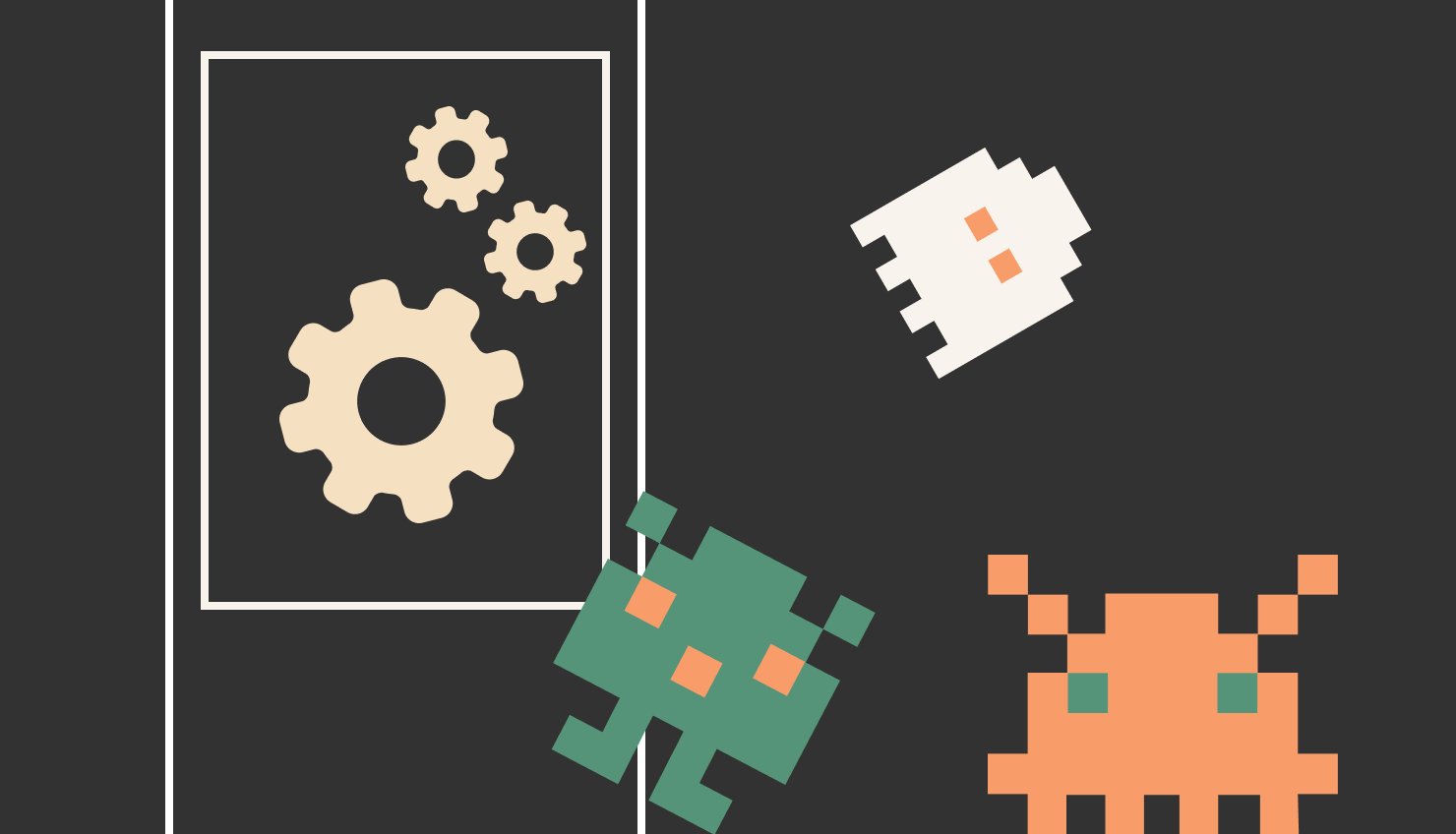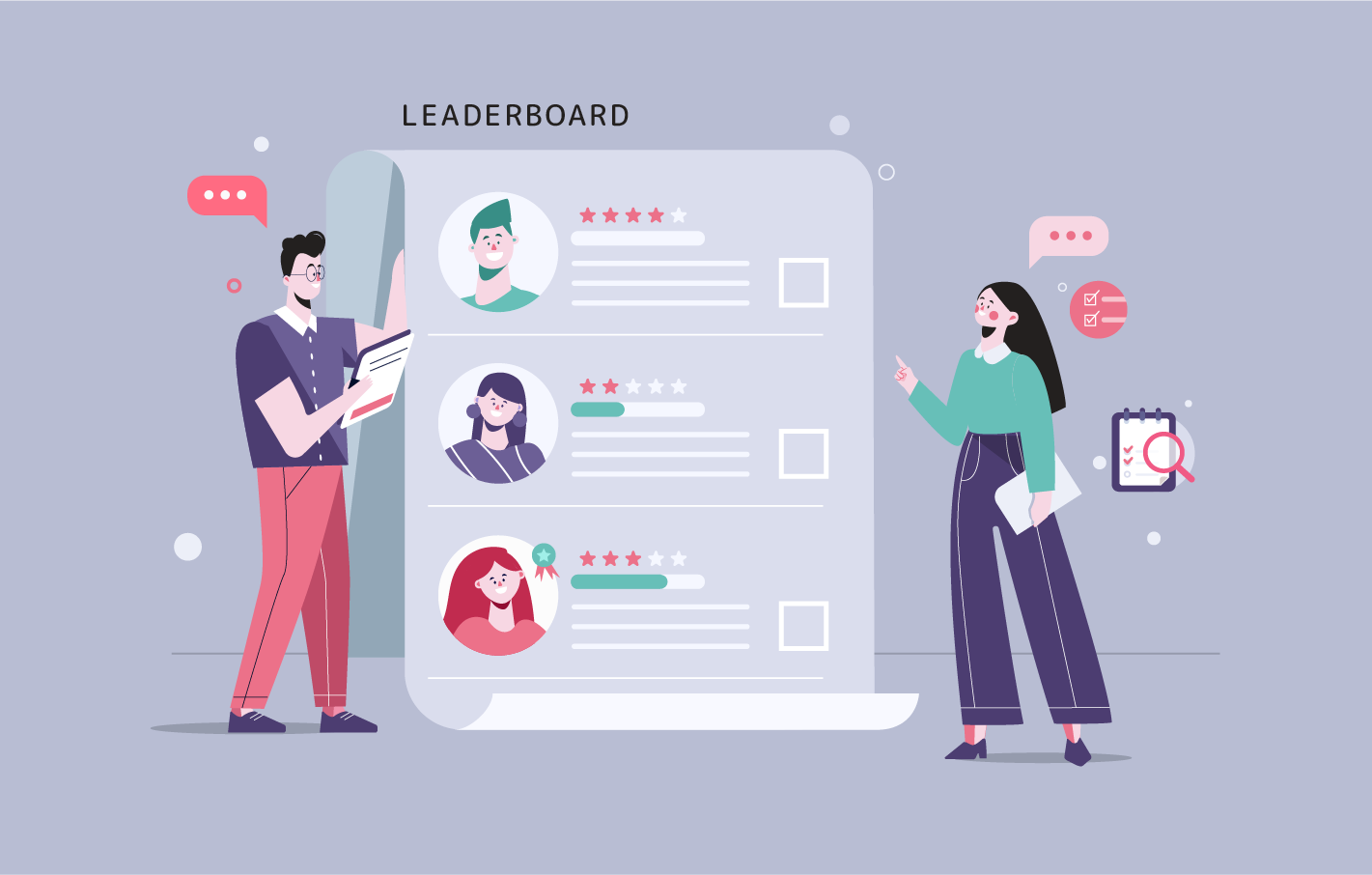Gamified microlearning is a fun and effective way to train employees. It mixes bite-sized lessons with game elements like points, badges, and progress bars. The result? People stay engaged and remember more. Let’s look at why it works and how to use it in your corporate training.
Incorporating eLearning gamification involves using traditional game elements like points, rewards, competition, rules, and challenges to make learning more engaging and enjoyable. This approach transforms the educational experience into something akin to a game, making it inherently more addictive and appealing.
Imagine the potential when organizations merge this gamified approach with microlearning techniques. By integrating gamified microlearning solutions for corporate learning, they can create a hybrid strategy that enhances learning efficiency and engagement.
This combination not only captivates learners but also improves knowledge retention and motivates continuous learning.
For example, Providence, a multi-billion dollar American not-for-profit healthcare provider network, achieved a 61% reduction in training costs and significant improvements in employee satisfaction and retention by adopting gamified microlearning activities instead of traditional corporate training.
What if your organization could harness the power of gamification and microlearning to improve its training processes?
How Gamified Microlearning Works
Integration of Gamification in Microlearning
Incorporating game mechanics into microlearning and gamification enhances engagement by utilizing points, badges, levels, and leaderboards to make learning rewarding and fun.
This strategy taps into the natural desire for achievement and recognition, motivating learners to engage deeply with the content and reach key educational milestones.
Gamified microlearning caters to modern learners who typically have an attention span of around 5 minutes. By integrating game elements with concise, focused modules, it enhances engagement and knowledge retention, ensuring learners efficiently master key skills within this brief timeframe.
Examples of Gamified Microlearning
- Scenario-Based Learning: Employees face real-life challenges in simulations where they make critical decisions. These simulations provide immediate feedback, helping learners understand the impact of their choices and enhance their decision-making skills.
- Competitive Modules: Through leaderboard challenges, learners compare their performance with peers, promoting friendly competition. Real-time feedback in these gamified microlearning activities encourages continuous improvement and keeps learners engaged.
- Dynamic Feedback Mechanisms: The integration of responsive feedback keeps the learning process engaging and relevant. These microlearning and gamification mechanisms are crucial for reinforcing the material and ensuring learners fully grasp the content.
Technologies and Tools
- Learning Management Systems (LMS): These platforms are crucial for deploying microlearning content integrated with gamification in corporate learning. They track learner progress, administer rewards, and help maintain engagement.
- Microlearning Platforms: Specialized mobile eLearning apps in business designed to deliver concise, focused content modules that cater to the needs and time constraints of corporate employees. They often include video and visual elements to make learning more engaging and easier to digest.
- Gamification Software: Tools designed to add game-like mechanics to learning content, such as scoring systems, virtual badges, or progress bars. These tools often support the creation of mini-games that provide interactive learning experiences and visually appealing content to boost learner engagement.
Microlearning and gamification transform training into engaging, effective experiences, ensuring employees actively learn and apply essential skills, boosting both participation and training outcomes.
Benefits of Gamified Microlearning
Gamified microlearning offers the following benefits.
1. Quicker Information Process
Microlearning is built based on a learner-oriented digital learning method. It is targeted towards modern learners who are known to have shorter attention spans, which can barely last more than 5 minutes.
With the addition of gamified microlearning solutions for corporate learning, you can provide learners with something engaging that can capture their attention for more than 5 minutes. During this period, you have sufficient time to deliver concentrated bursts of knowledge via a gamified microlearning module, learned and retained easily by your learners.
2. Increased Engagement
It’s common knowledge that microlearning and gamification produce great outcomes when used separately for increasing learner engagement. Therefore, when used in tandem, they promise even better results. Gamification in education enables engagement, sparking the inquisitiveness of learners with game elements, whereas microlearning utilizes minimal content and easily understandable elements to increase learner focus and engagement.
3. Improved Knowledge Retention
Gamification in corporate learning is goal-centric. It tackles one learner’s skill or objective at a time. This emphasis on tasks and goals reinforces the knowledge retention prowess of learners. Since the modules are brief, learners assess and evaluate what’s hard to grasp. Thus, they repeat the module one or more times until they master it. Hence, gamified microlearning saves time and makes learning easier, boosting the retention of learned concepts and skills.
Challenges and Solutions in Gamified Microlearning
Addressing the Roadblocks
1. Navigating Time Constraints: A significant hurdle for rolling out gamified microlearning in corporations is time. Both the creation of engaging content and the participation of busy employees require careful scheduling. To mitigate this, microlearning training activities should be designed to be concise and flexible enough to fit into the erratic schedules of a corporate environment.
2. Overcoming Resistance: There’s often a natural resistance to change, especially when shifting from conventional training methods to something as modern as gamified employee microlearning. Skepticism may arise from doubts about its effectiveness or unfamiliarity with gamification techniques. Clear communication about the benefits and potential outcomes of gamified microlearning in corporate learning is key to easing this transition.
3. Cultural Fit: Any learning initiative must resonate with an organization’s ethos. If gamified elements feel too out of sync with existing corporate values, they might not engage learners as intended. Aligning gamified training with the company’s culture ensures that it supplements rather than disrupts the organizational climate.
Crafting Effective Microlearning and Gamification Solutions
1. Cultural Integration: Successful implementation of gamified training hinges on its compatibility with the company’s core values. Initiatives should be tailored to reflect and reinforce these values, which helps in gaining widespread acceptance across the company’s workforce.
2. ROI Tracking: Establishing robust metrics to evaluate the effectiveness and return on investment for microlearning and gamification is crucial. Look at engagement levels, course completion rates, and the impact on job performance as indicators. This data will not only justify the efforts but also guide future enhancements to the mobile e-learning training strategies and modules.
3. Pilot Programs to Build Trust: Pilot projects can help gradually introduce the workforce to gamified microlearning activities. Demonstrating its effectiveness through small, controlled groups can generate positive buzz and pave the way for broader acceptance and enthusiasm across the organization.
Through strategic planning and addressing these key challenges head-on, businesses can maximize the benefits of gamified microlearning in corporate learning, leading to enhanced engagement, better retention, and overall improved performance within the corporate setting.
Best Practices for Gamified Microlearning for Corporate Training
Follow the listed strategies to implement gamified microlearning for corporate training.
1. Work on One Learning Objective or Problem for Each Module
Gamified microlearning solutions for corporate learning adopt a single-objective approach; this is what makes learning engaging and meaningful. Brief learning nuggets deal with a single objective to grab an employee’s short attention span. As a result, they can retain information for longer periods and implement them at work.
Each gamified microlearning module has to target one learning objective. You don’t have to include everything from a given area or niche, only add things that are critical to meet the desired result. The implementation of a single-objective strategy with a gamification approach empowers managers.
They can supervise their employees better and make them focus on what’s more necessary, providing clarity on objective goals and direction of gamified microlearning in corporate learning.
Develop and categorize modules based on your overall learning objectives. Employees can use gamified nuggets to acquire information, test their knowledge, and practice extensively, all of which enhance the learning experience. When designing your gamified courses, focus on performance-based objectives and communicate the expected proficiency levels. Use terms that indicate the skills and knowledge learners will gain after completing the gamified training.
Avoid using ambiguous or generic phrases. For instance, if there’s a front-end web development course that teaches HTML, CSS, and JavaScript, you can communicate to your learners; how these gamified microlearning activities will help them to create different types of eye-catching and responsive websites.
2. Provide Content with Pertinent Stories
Learners like to know how their training can assist them i.e., how the content is linked to their job and how it can help them to perform better in their daily routines. Rather than solely concentrating on the feel and look of the gamified training course, it’s a good idea to situate the instruction in context so employees can learn about the connection between the content and their jobs.
Storytelling in gamified training is effective for a reason. At its core, storytelling is an emotional experience. People like stories and try to connect with their favorite characters, particularly the roadblocks they counter, with an emotional outlook. Thus, storytelling can add considerable value to corporate training.
You can contextualize gamification in corporate learning in a meaningful way by adding stories to gamified microlearning for corporate training. The avatars, the challenges, the conflict, and the underlying tensions in a story, evoke a multitude of emotions in learners, which makes the learning experience emotional, immersive, and more memorable.
When it comes to stories, there’s plenty of room for gamified training improvisation. They can be drawn from any fictional universe or even be contextualized within the real world. This is where scenarios prove particularly useful.
A scenario presents a potential future event in the form of a story. Scenario-based thinking is natural as people think about them daily, anticipating different versions of future events and preparing for them accordingly.
Including scenarios in a gamified e-learning strategy allows L&D professionals to visualize the learner’s job challenges across a wide range of contexts and perspectives. Some of these gamified training scenarios may be familiar, while others offer fresh and creative insights that even top-performing employees may not have previously considered in their daily tasks.
Scenarios encourage learners to take action and see the immediate impact of their decisions, making e-learning more effective. However, scenarios should be avoided when decisions are straightforward or not relatable to the job, as this can disengage learners. Millennials tend to find scenarios engaging, allowing them to visualize themselves in various job situations.
3. Rely on Videos When the Situation Demands
Modern learners love videos for the following reasons:
- Videos use rich media elements, such as graphics, images, and animations.
- Millennials consume a great deal of video while surfing social media.
- Videos cater to people with a low attention span.
If your workforce includes many millennials, using videos in your gamified microlearning solutions for corporate learning can boost engagement and create a positive attitude toward corporate training. Here’s how:
- Break down topics: Create short videos for each topic instead of one long video.
- Level progression: Add game-based assessments after each video, requiring a minimum score to advance.
- Reward achievements: Award correct answers to unlock the next video, and display top performers on a leaderboard.
- Support improvement: Provide additional resources and recommendations for employees needing extra help.
4. Develop Mobile-Friendly Gamified Training Courses
With the global adoption of the BYOD (Bring Your Own Device) policy, employees can now access corporate training on their smartphones, promoting on-the-go mobile gamified microlearning. To effectively implement gamified microlearning, it’s essential to design courses optimized for mobile use.
Here are some tips for better navigation and functionality of microlearning and gamification:
- Use readable fonts: Avoid fonts that are too small, as they can frustrate users by forcing them to zoom in constantly.
- Include a progress bar: Position it at the top of the screen to help learners track their progress easily.
- Adapt interactive controls: Desktop controls, like drag-and-drop, may not translate well to mobile. Opt for touch-friendly alternatives.
- Implement auto-save: Ensure learners’ progress is preserved if they exit the app unexpectedly, such as to take a call.
- Simplify input methods: Replace text entries with dropdown menus, lists, or buttons to make selection easier and more efficient.
To optimize multimedia for gamified microlearning solutions for corporate learning, follow these guidelines:
1. Enable Offline Viewing: Make your gamified courses downloadable to support employees in remote areas without reliable internet access. This ensures uninterrupted learning, which is crucial for the effectiveness of gamification in corporate learning.
2. Standardize Media Formats: Mobile devices often struggle with media files that work seamlessly on desktops. Use standard formats like MP3 and MP4 to ensure compatibility across all devices and operating systems, enhancing the user experience in gamified microlearning in corporate learning.
3. Keep Content User-Friendly: Avoid large text blocks and reduce image brightness. Simplify graphs and icons to minimize scrolling. This ensures that the learning process remains smooth and engaging.
4. Integrate Audio Cues Thoughtfully: Use sound effectively to guide learners through different levels. Audio cues enhance the gamification experience, providing subtle hints and making tasks more intuitive.
5. Promote Social Sharing: Allow employees to share their achievements on the LMS and social media. This fosters healthy competition and encourages further exploration, driving engagement in your gamified microlearning initiatives.
Final Thoughts
Gamified microlearning for corporate training is a powerful tool that can significantly boost your organization’s productivity, engagement, and knowledge retention. By combining the motivating aspects of gamification with the focused, bite-sized nature of microlearning, your employees can quickly acquire and apply crucial skills, leading to measurable improvements in performance.
At Raccoon Gang, we specialize in creating customized, gamified microlearning solutions tailored to your business needs. Our experience spans successful projects like the Salmon Thrust case study, where we developed custom online training courses and platforms that enhanced employee learning and engagement.
Whether it’s developing mobile learning apps, like those for King Khalid University, or crafting adaptive training systems, our expertise ensures that your organization benefits from the latest advancements in corporate learning.
To explore how our gamified microlearning solutions for corporate learning can drive success in your organization, reach out to our experts today.







